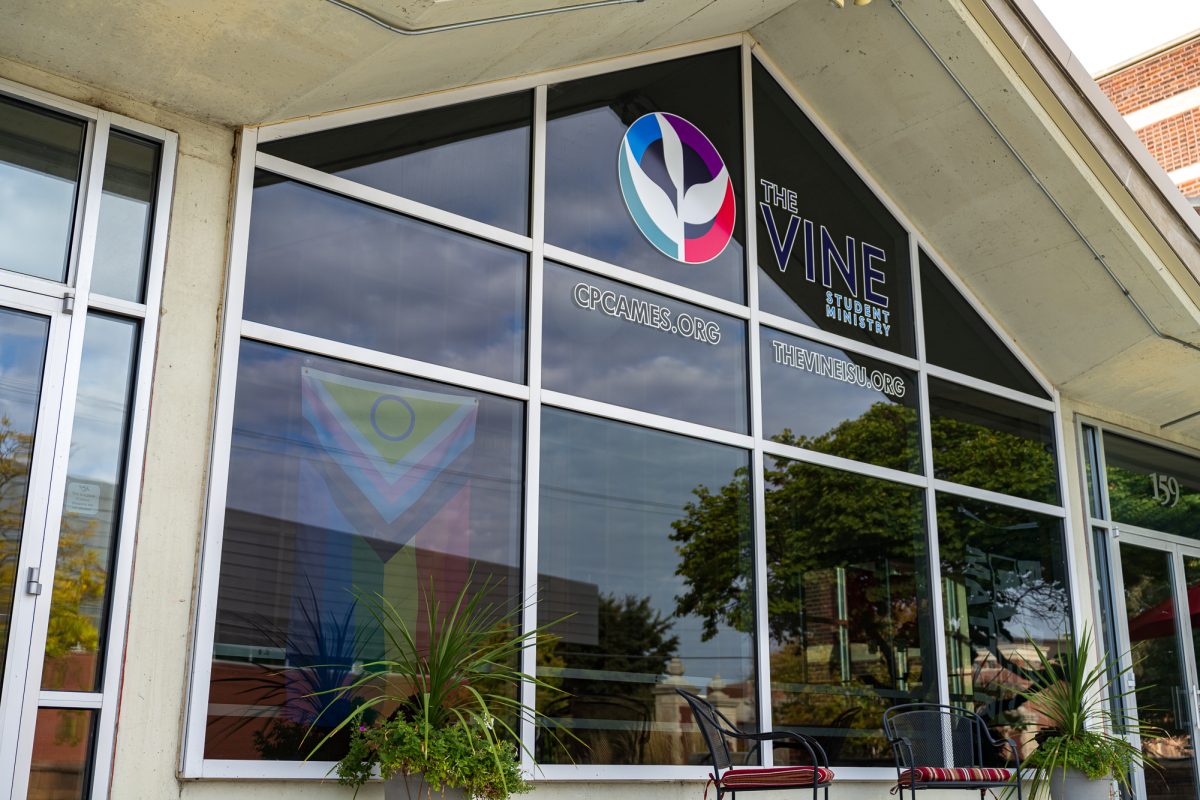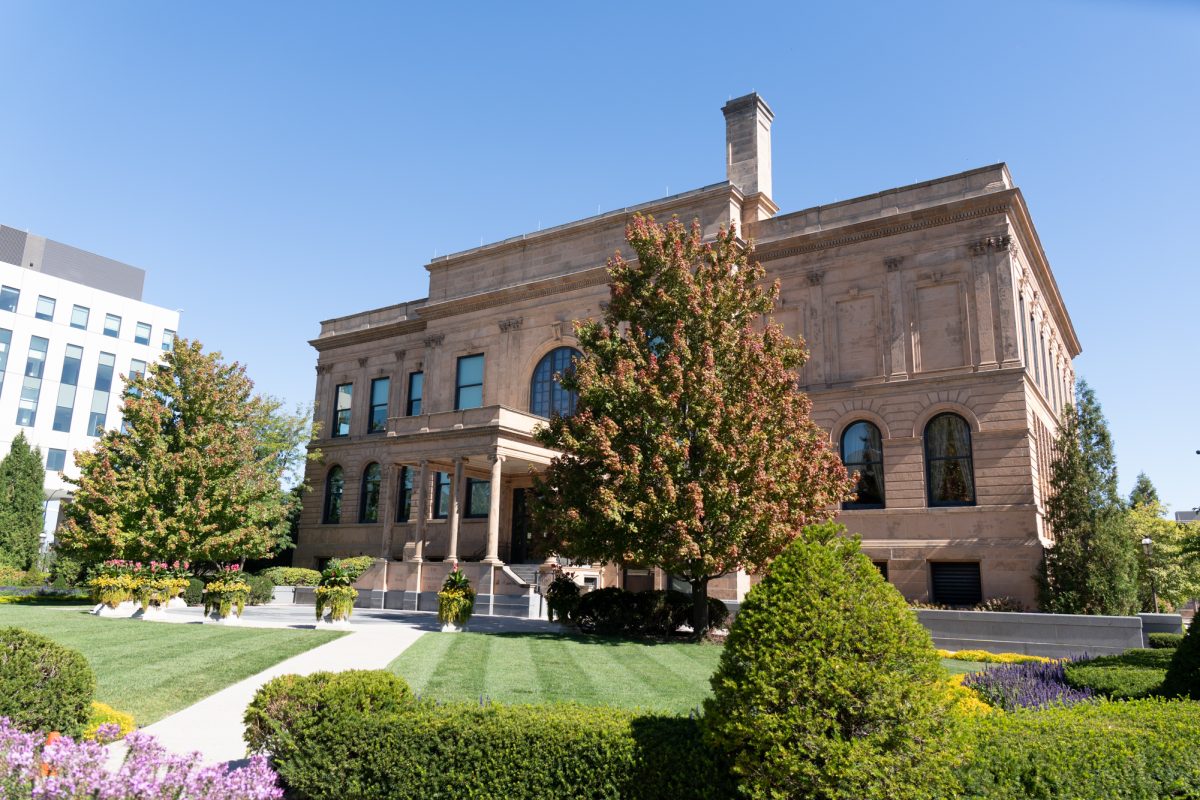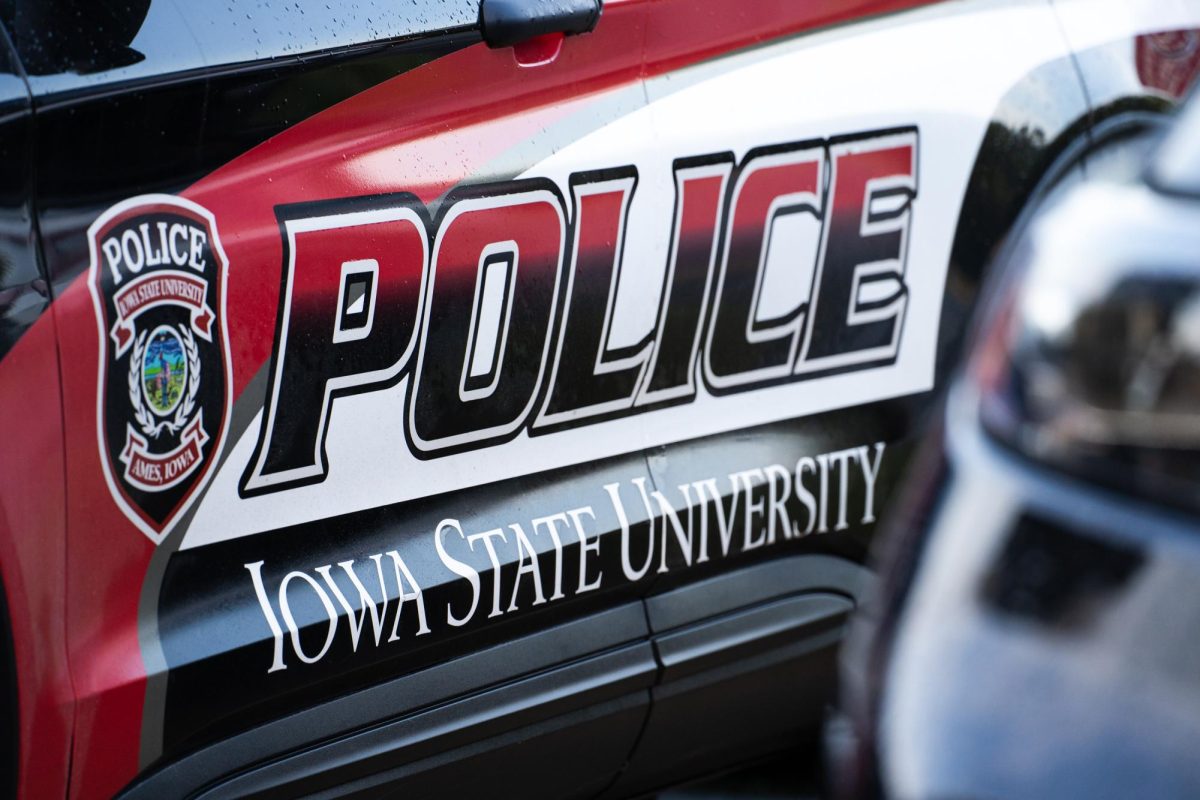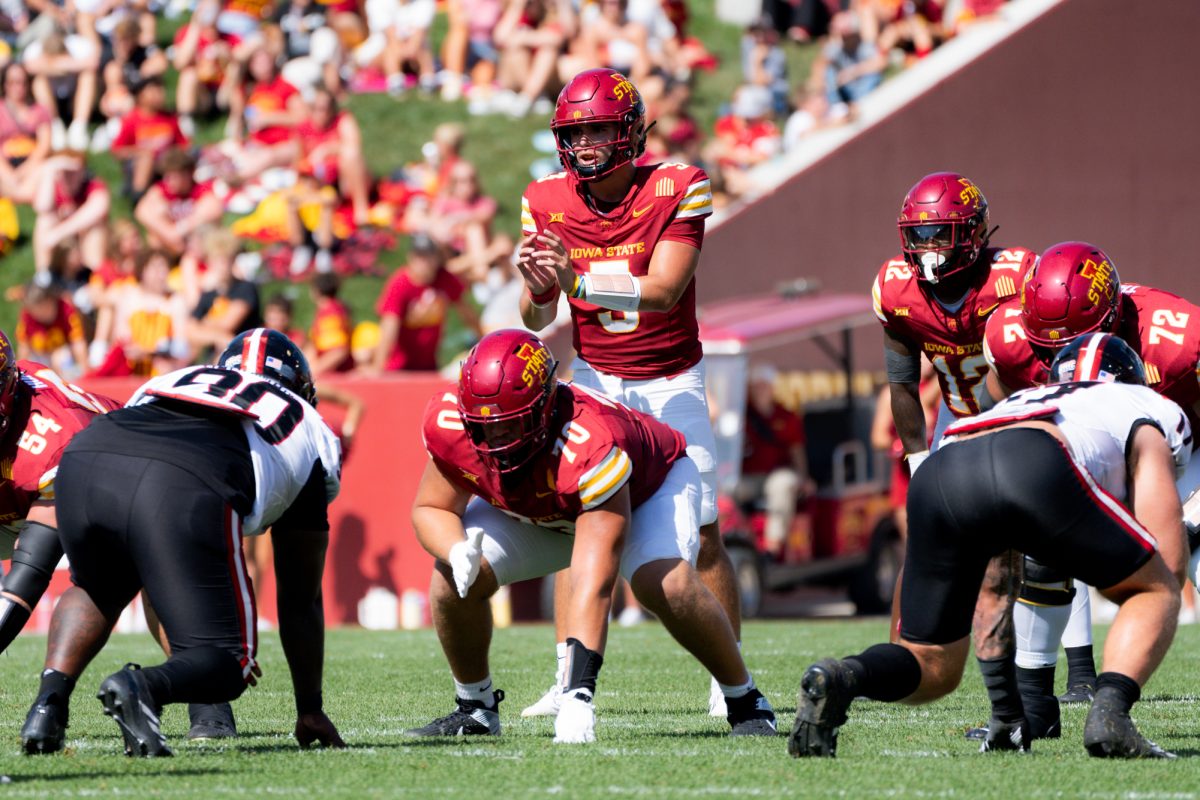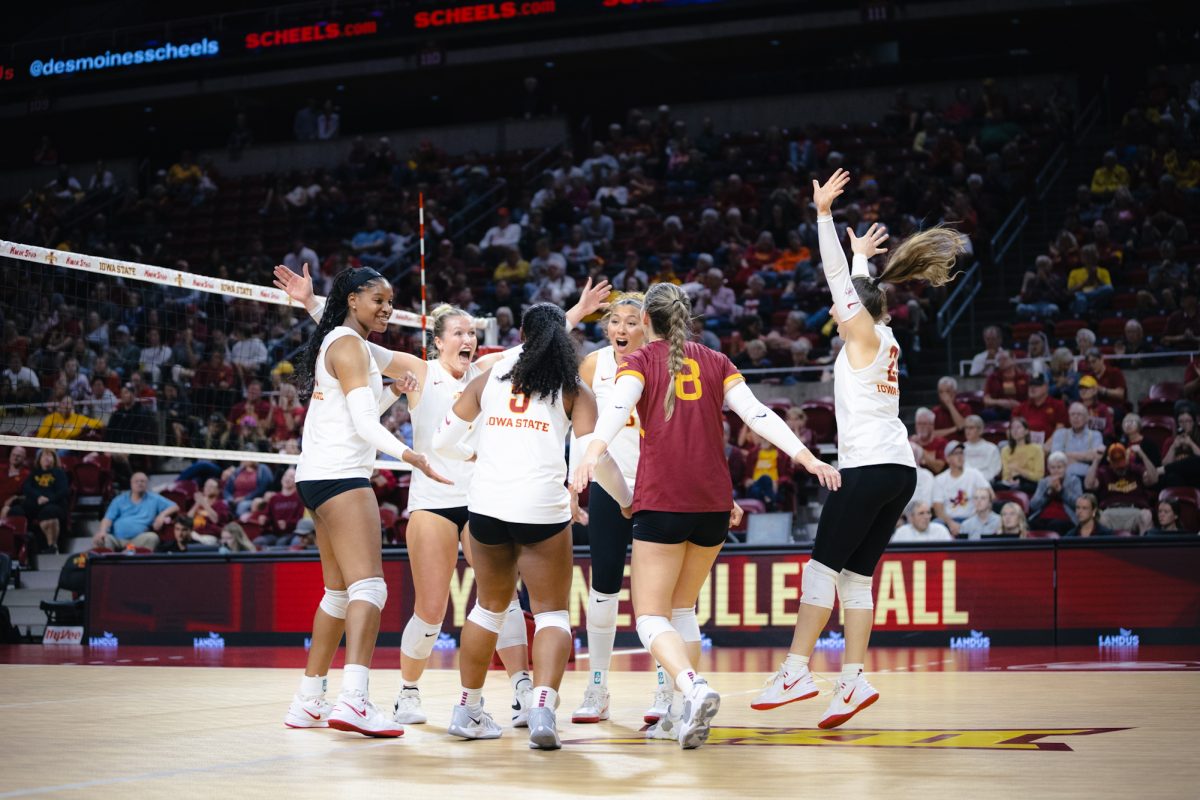Ames won’t be stop on new Amtrak route
September 8, 1998
The little engine that could couldn’t afford to come to Ames.
A consultant working for Amtrak, the Federal Railroad Administration and the Iowa Department of Transportation released the initial draft of a study last week looking at passenger train service from Chicago to Omaha.
Three routes were examined: the Union Pacific line, which would run through Clinton, Cedar Rapids and Ames; the Iowa Interstate line, passing through Davenport, Iowa City and Des Moines; and the Burlington Northern-Sante Fe line in Southern Iowa, where Amtrak currently has passenger service.
The Iowa Interstate line was chosen as the optimal route.
The problem with the Union Pacific line running through Ames, which is heavily used by freight trains, was cost.
“Because of the higher freight trains mixed in with passenger trains, a third track would have to be added in some places,” said Craig O’Riley, transportation planner for the DOT.
According to O’Riley, the estimated cost of improving the Union Pacific line is $514 million, while the Iowa Interstate line would cost an estimated $197 million.
The Iowa Interstate line also offered the highest ridership and population density, and over time it would generate the most profit of the three routes, O’Riley said.
Iowa is one part of Amtrak’s larger goal to increase passenger service in nine Midwest states, including Illinois, Indiana, Ohio, Michigan, Wisconsin, Minnesota, Missouri and Nebraska, said Donovan Pepper, manager of government affairs for Amtrak.
“We’re attempting to increase the frequency of trains, increase the level of service and amenities and increasing speeds,” Pepper said.
The Amtrak trains passing through Iowa currently have an average speed of 70 miles per hour. Pepper said Amtrak wants to increase those speeds to 110 mph.
O’Riley said he expects designing and engineering of the new Amtrak route to continue through the year 2000. Some service may begin in 2001, but service to Des Moines will begin at the earliest in 2005, and to Omaha in 2006.
In the meantime, Pepper said, the DOT, Amtrak and the Federal Railroad Administration will be looking at funding, most of which is expected to come from the federal government.


